Is Your Christmas Cactus Safe for Cats? A Parent’s Guide
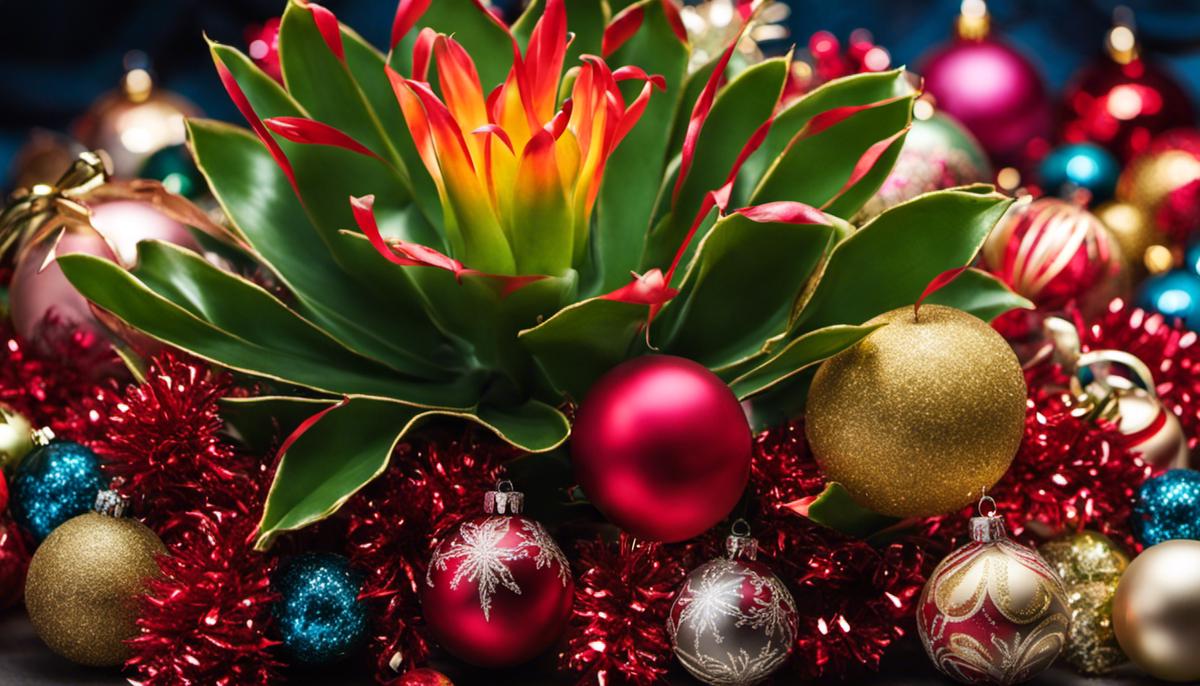
With the holiday season upon us, many households are adorned with seasonal plants, one of the favorites being the Christmas Cactus. While it brings warmth and festive cheer to our homes, it’s important to understand this holiday plant better, including its origins, distinguishing features, and its position in our traditions. Alongside this, its potential impact on the health and safety of humans and pets, including our beloved feline companions, warrants attention. This discussion will delve into whether the Christmas Cactus is toxic, what signs might suggest your cat has ingested it, and how to respond in such a scenario. Lastly, getting to discuss ways to celebrate the holiday season in a pet-friendly way, focusing not only on the Christmas Cactus but on a wider range of festive decorations.
Understanding the Christmas Cactus
When winter’s chill settles in, many families crave the colorful brightness that the holiday season brings, particularly in the form of festive blooms. One popular holiday star is the Christmas Cactus. So, what exactly is this plant, and why is it so beloved during the holiday season?
A Christmas Cactus, known scientifically as Schlumbergera bridgessii, is a species of succulent that originate from the tropical rainforests of Brazil. Unlike the typical desert-dwelling cacti we’re accustomed to, Christmas Cacti are fond of cooler temperatures and indirect sunlight, making them an ideal indoor plant during the wintry season. This particular breed of cacti is named after the festive season as it naturally blooms in late November to January, right on cue for the holiday celebration. The bright, vibrant flowers add a splash of color against the backdrop of winter’s gray, filling homes with joyous vitality.
One of the main reasons why the Christmas Cactus holds a special affinity for many during the holiday season is its festive aesthetic. The dazzling array of flowers that blossom from its green, leaf-like stems come in a variety of colors – from the classic Christmas red or white to pink, purple, and even yellow. It’s almost as if you have your very own Christmas lights, in plant form! Not only does it add a natural flair to one’s holiday decor, but it also makes an excellent gift, embodying the spirit of growth and renewal that the holiday season represents. Sharing a Christmas Cactus with a loved one can be a meaningful gesture that symbolizes the growth of love and friendship.
So there you have it — the Christmas Cactus is not only a delight to the eyes and a perfect accompaniment to your holiday decor but also a thoughtful and beautiful gift, indeed a popular favorite for the holiday season.
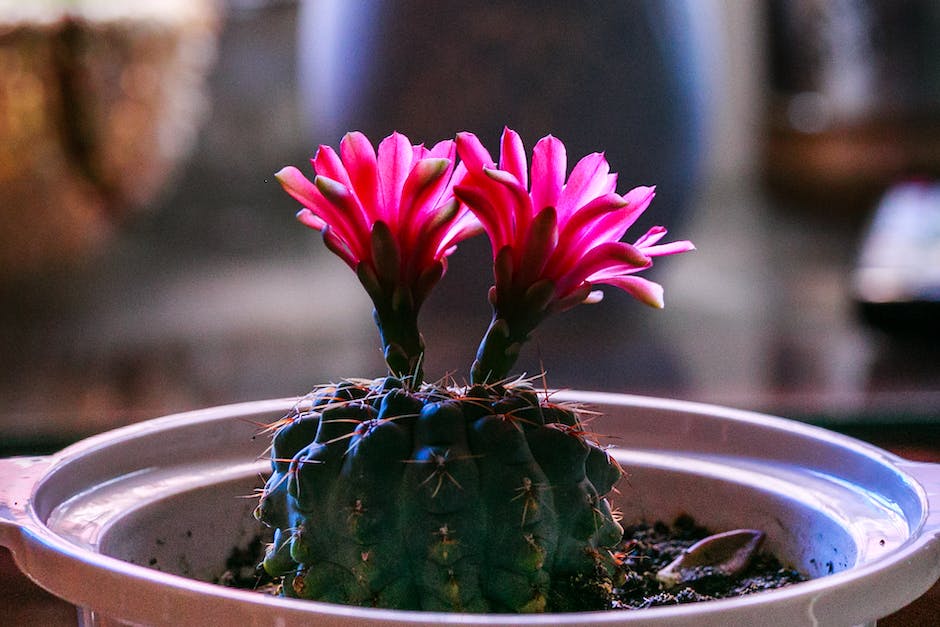
Is the Christmas Cactus Toxic?
Delving into more practical considerations around the Christmas Cactus, a common question that always arises is whether this festive plant is toxic or harmful to humans. Understanding safety aspects of any plant before bringing it indoors, especially with young children around, is undoubtedly crucial. Happily, the Christmas Cactus proves to be as friendly as it looks. Defined by the National Capital Poison Center, it’s non-toxic to both humans and pets. A sigh of relief it is for families who love the touch of green in their living spaces, yet worry about the potential risks.
Ingesting a Christmas Cactus isn’t likely to cause more than mild discomfort or a bout of indigestion. Even if little hands or curious pets were to nibble on this plant, it is unlikely to result in a severe reaction. However, it’s always a good idea to supervise young children and pets around the Christmas Cactus or any plant.
Still, it’s important to note that some individuals might have a sensitivity or allergic reaction to the Christmas Cactus that others do not. Skin irritation can be a sign of such sensitivity. If your skin does react negatively after handling the plant, be sure to wash the affected area thoroughly, and avoid direct contact in the future. But generally, the Christmas Cactus is safe to dot your house with – adding that holiday cheer, whilst ensuring the safety of all house dwellers.
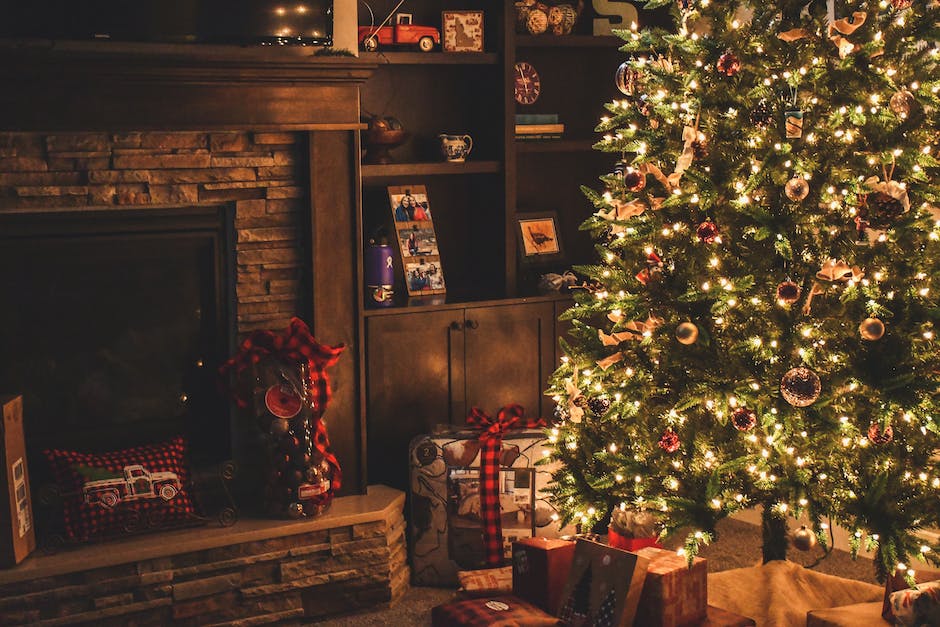
Christmas Cactus and Pets
Diving deeper into the topic of our beloved Christmas Cactus, many parents and pet owners often express concern around the safety of these festive plants, especially when curious pets or tiny tots are involved. Thankfully, the Christmas Cactus is categorically non-toxic, as stated by the National Capital Poison Center. This means it’s generally safe for both humans and pets, including our feline friends.
That said, while the Christmas Cactus is not poisonous, it doesn’t quite mean it’s a snack time treat for our pets. If your curious cat or dog decided to take a nibble, they might experience mild discomfort or indigestion, given that cacti are not part of their regular diet. It’s also not uncommon for animals, and even some humans, to have sensitivities or mild allergic reactions to the plant. If your skin becomes irritated after handling the plant, a simple solution is to wash the area and avoid direct contact going forward.
Remember, while the Christmas Cactus is safe around your family and your furry companions, always keep an eye on both children and pets when introducing new elements, like a plant, into their environment. Not everything that is safe is necessarily good for them. If you notice any unusual behavior in your child or pet after interacting with the Christmas Cactus, it’s always a good idea to contact a healthcare provider or veterinarian. This way you can still embrace the festive aesthetic of the Christmas Cactus while ensuring both safety and enjoyment for all members in your household.
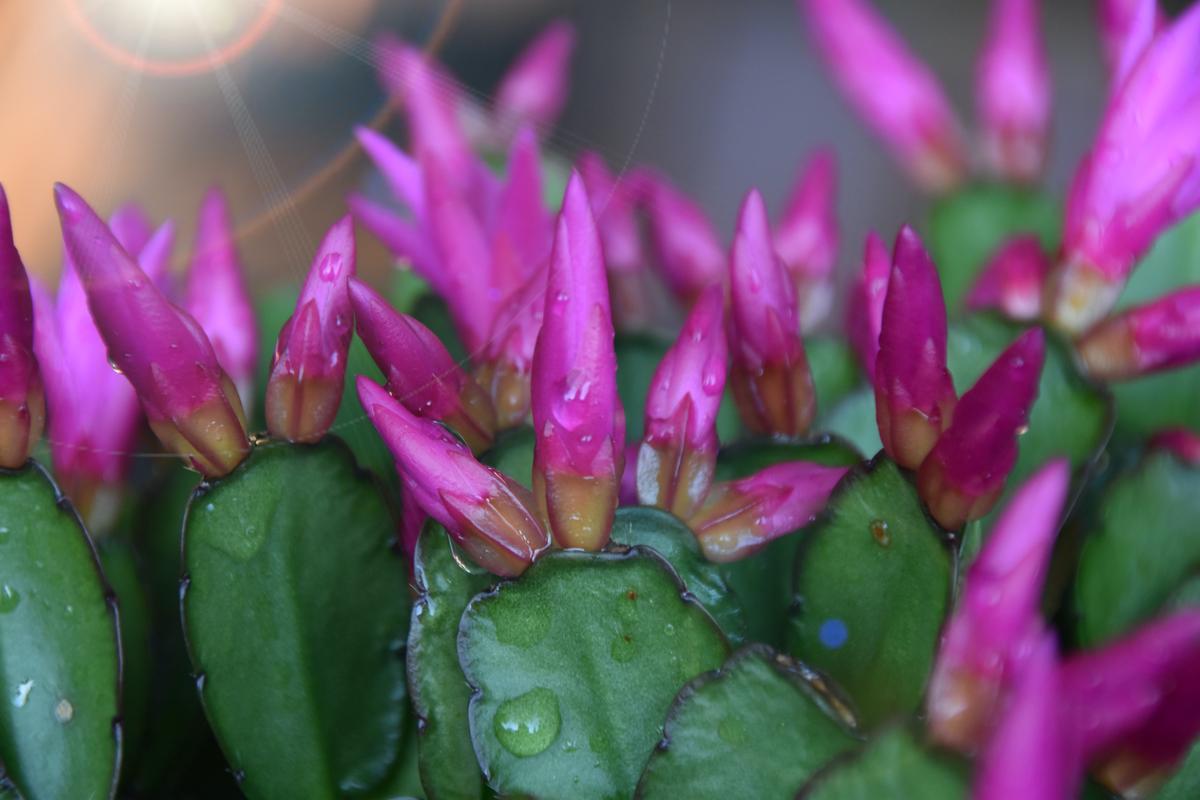
Photo by lnicolern on Unsplash
Safe Holiday Decorations
With all that being said, it’s clear that families and pet owners alike can enjoy the vibrant aesthetic of the Christmas Cactus while holding safety as a top priority. Going beyond the non-toxic characteristics, it’s important to set up this lovely plant in a stable, safe location in your home where it can’t easily be knocked over by curious pets or playful kids. Even though we understand that discomfort or indigestion is a possibility with ingestion, prevention is always the best route to ensure comfort for everyone.
Reacting quickly is vital to resolving any unexpected situations. So, if children or pets manage to get too close to the plant and exhibit any unusually behaviors post-interaction, don’t hesitate to reach out to your healthcare provider or a veterinarian for guidance.
When incorporating new elements of decor in the home, always take into account the impact on the youngest members and the furriest family members. Be sure any dangling decorations or low hanging ornaments are made from pet-friendly and child-safe materials. Resist the urge to use edible decorations, like candy canes or gingerbread ornaments, that may be too tempting for the little ones and pets alike.
At the end of the day, it’s all about relishing the enjoyment of the festive season, while ensuring family safety. With these reminders in place, the Christmas Cactus and all other holiday decorations can be warmly welcomed into homes, without worries. May they contribute to notes of cheer and joy, and serve as symbols of love and friendship for seasons to come.
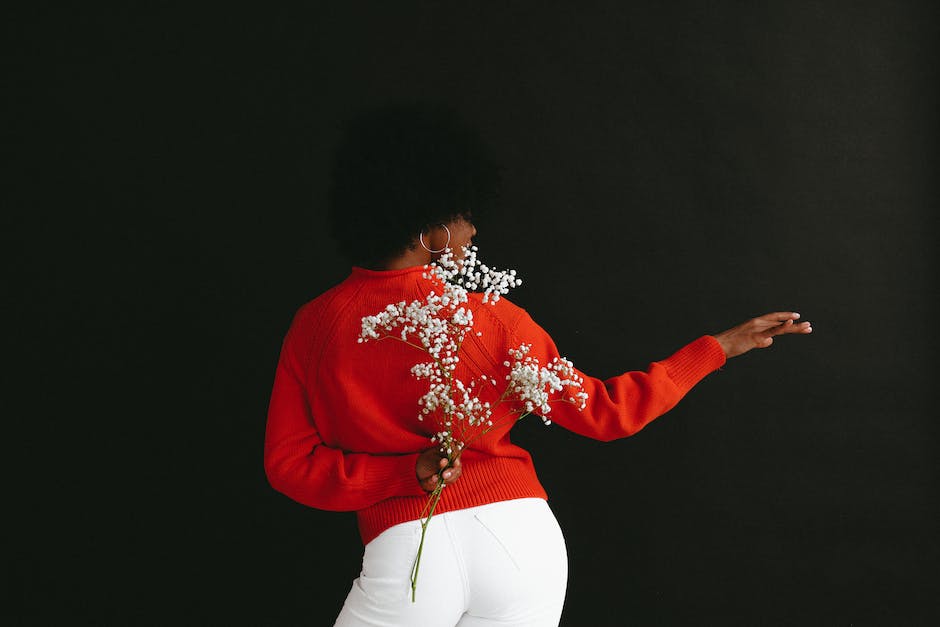
Such awareness and careful considerations are paramount in fostering a safe and comfortable environment for all members of the family, including our pets. With a sound knowledge of the Christmas Cactus, its potential risks, and the symptoms of its ingestion by pets, pet owners can better ensure their pet’s well-being during the festive season. Additionally, the provided safety tips and alternatives extend the scope of pet safety beyond this one plant, enabling a comprehensive approach to a pet-friendly holiday atmosphere. So, as we deck our halls with festive merriment, let’s ensure our holiday decorations evoke joy and safety for everyone, the four-legged companions included.



